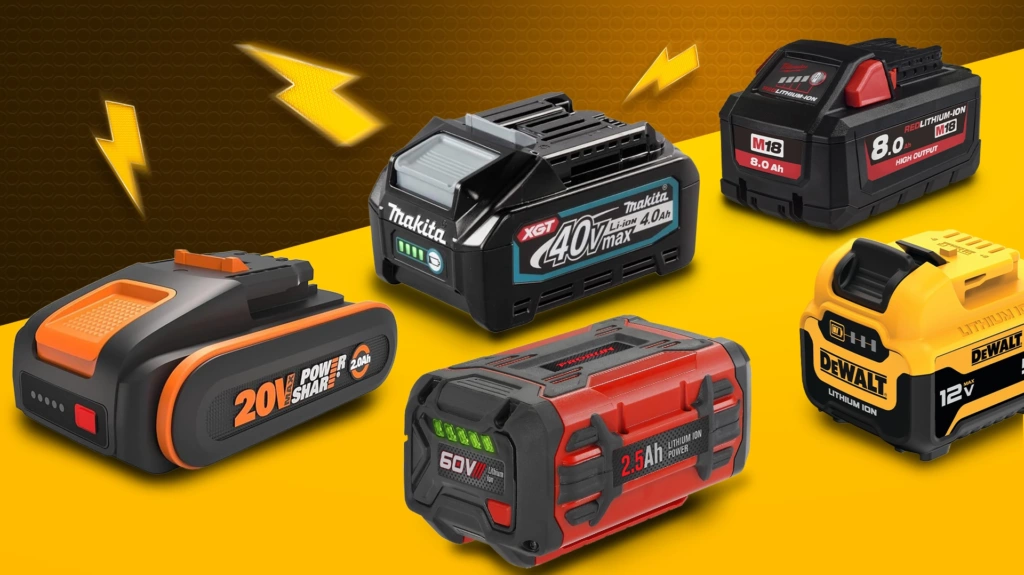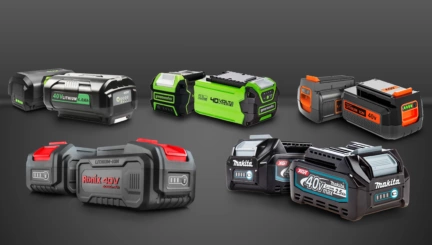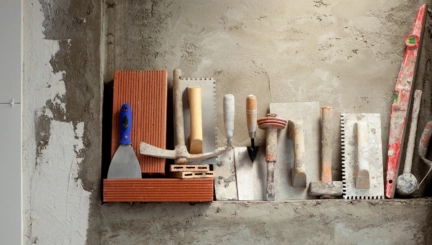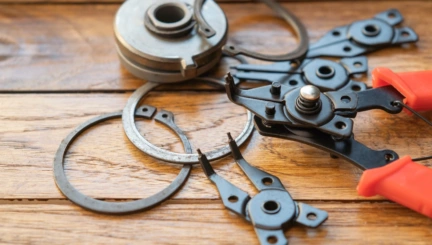- 7min
- 19484
- 0
If you’re looking to buy a cordless drill, chances are you’ve asked yourself: What’s the best voltage? The short answer? There’s no one-size-fits-all answer! The best voltage for cordless drills depends on how you plan to use your drill, and that means your best voltage might be different from someone else’s. But don’t worry, this article will walk you through the pros and cons of each voltage level so you can confidently choose the voltage that matches your tasks.
Order Wholesale Cordless Drills Designed to Attract Customers
Before we dive in, let’s get one thing out of the way! Voltage doesn’t determine battery runtime, amp-hours do. Think of amp-hours as the gas tank size, while voltage is more like the engine’s horsepower. Runtime can also be affected by what material you’re drilling, how continuously you use the tool, and even the temperature of your workspace. What voltage does affect is torque and speed. So, with that sorted, let’s get into it: what is the best cordless drill voltage for you?
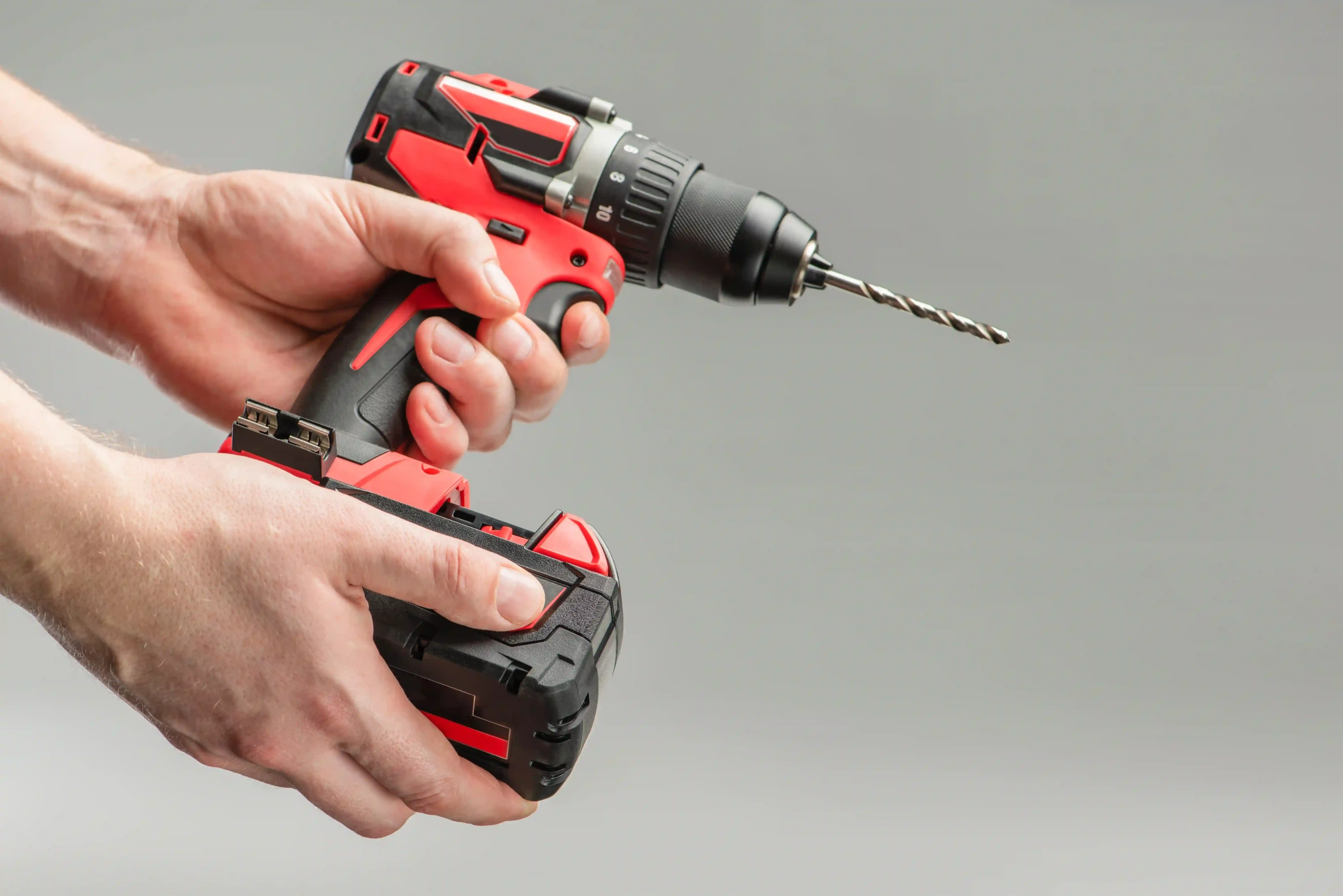
What Voltage Is Best for a Cordless Drill?
As I mentioned earlier, the “best” voltage for cordless drills depends on several factors, ranging from how you plan to use the tool to how much you’re willing to spend. To make an informed decision, you need to understand how different voltages perform for different tasks, compare them, and pick the one that aligns best with your needs.
Let’s get this straight: bigger isn’t always better! When it comes to voltage and batteries, if you don’t actually need the extra torque or speed, opting for a lower voltage drill is often the better move. Why?
- Higher voltage drills are typically more expensive.
- Higher-capacity batteries tend to be significantly heavier.
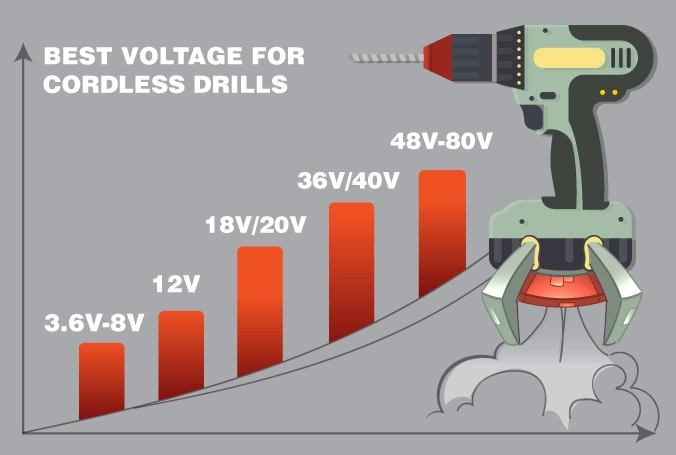
3.6V-8V
This is about the lowest voltage range you’ll find in a cordless “drill”; and I say “drill” because at this level, you’re really getting more of a cordless screwdriver than an actual drill!
Don’t get me wrong, these tools are super handy if you’re frequently screwing and unscrewing, but for actual drilling tasks, 3.6V to 8V is a bit of a stretch.
10.8V
Stepping up to 10.8V drills, now you’ve got a small and convenient tool that’s surprisingly capable for most household tasks. If you’re not a hardcore DIYer who’s constantly working in the workshop, this could be the best voltage for a cordless drill to get your every-now-and-then tasks going!
12V
Now, not to be biased or anything, but 12V might just be the best cordless drill voltage for most people! It’s affordable compared to higher-voltage models, lightweight and offers just the right amount of power for everyday DIYers or anyone handling routine tasks around the house, namely, drilling in wood or drywall, assembling furniture, or installing cabinetry. Honestly, a good old 12V drill hits that sweet spot of value, power and portability altogether for most people!
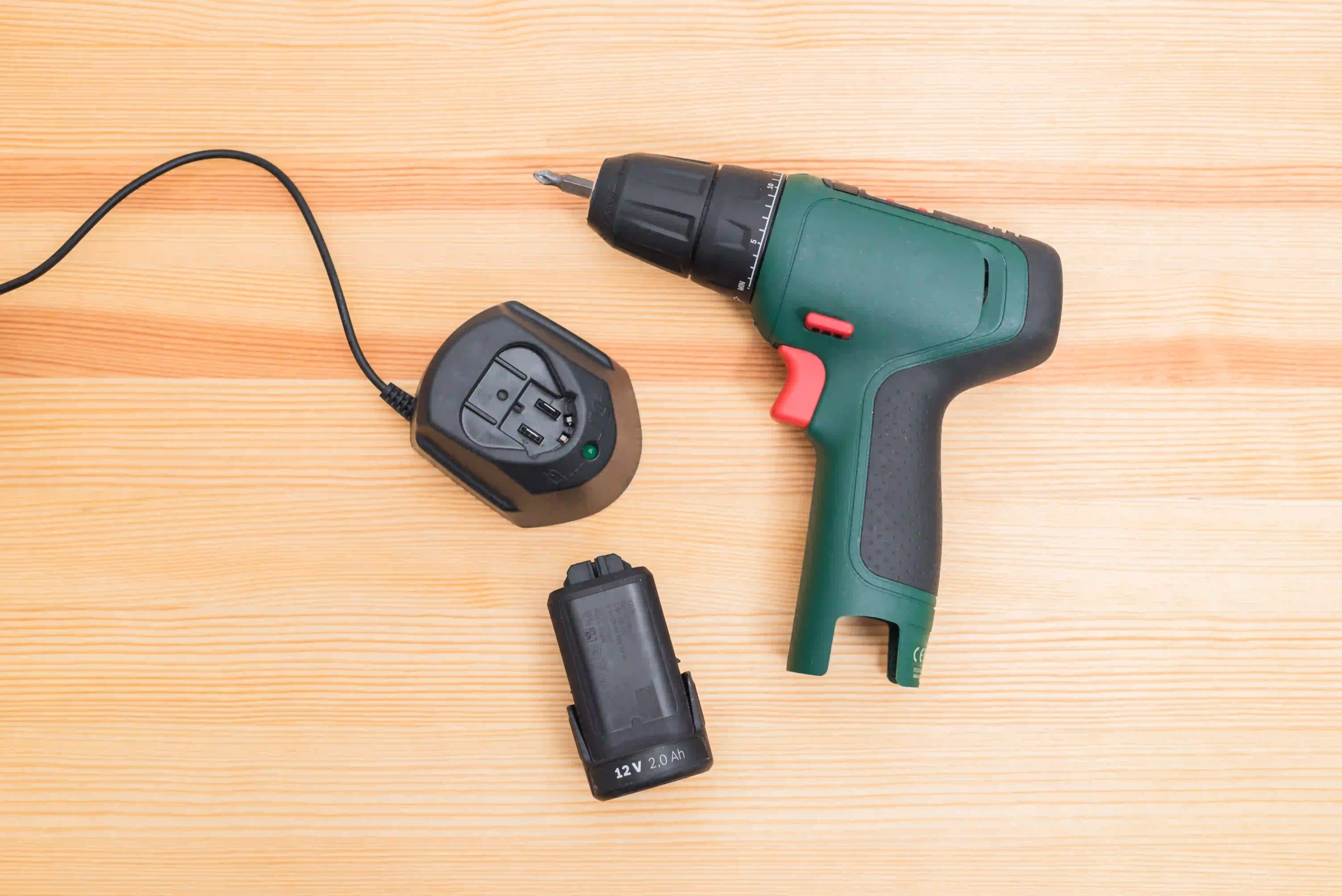
18V/20V
So, as we’re progressively getting more powerful, we’re also getting heavier, bulkier and more expensive! 18V cordless drills are practically the same as 20V ones, and no, that’s not a marketing trick! It’s just a difference in how manufacturers rate the voltage based on battery cell readings.
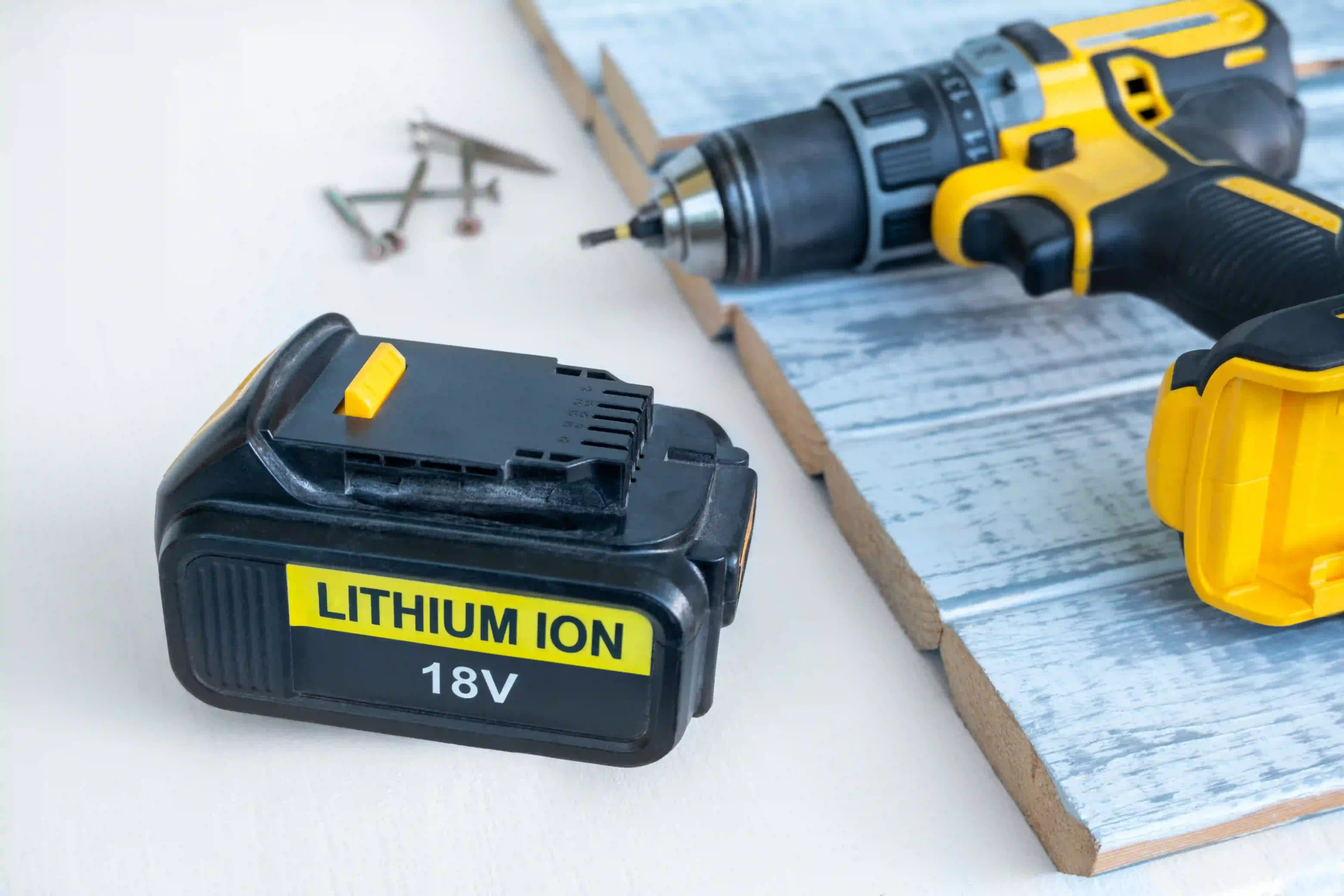
If you find the 12V drill sufficient enough for your tasks, stick with it. You won’t be getting close to the best voltage for cordless drills just by choosing a higher number. And it’s not only about the price—18V/20V models are noticeably heavier. If you’ve ever used a drill in an awkward position, you’ll know how much a lighter tool can make a difference!
So, how do you know if you do need the extra power?
If you are working with masonry, concrete, steel or drilling large deep holes in wood, then you may appreciate an 18-volt drill in your work routine; simply because your work is now considered semi-heavy!
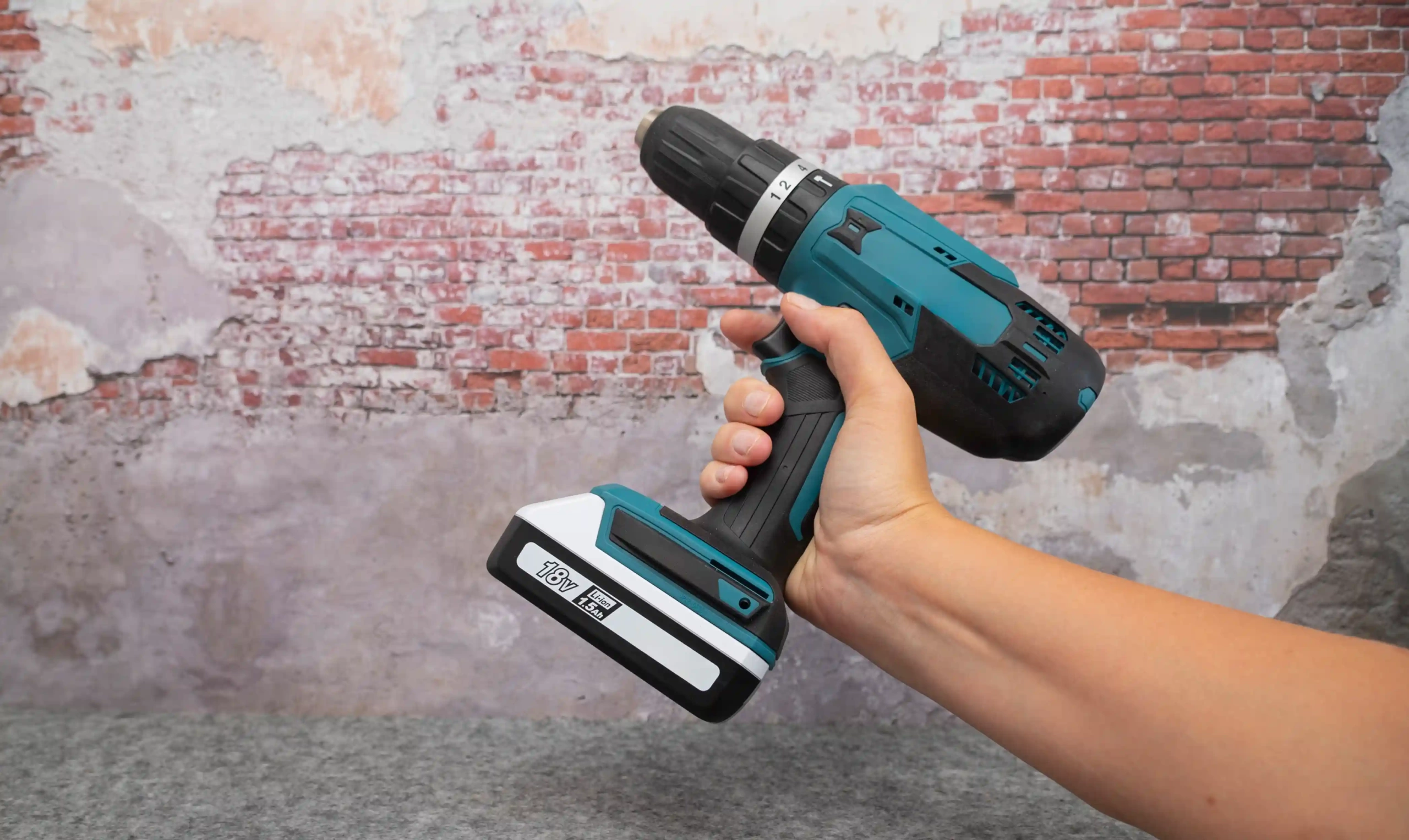
21V/24V
By now you’ve noticed the pattern, right? As the voltages increase, so do the pricing, power and weight! A 21V or 24V drill gives you more torque (measured in N·m) and more speed (measured in RPM), respectively. So, if you work on a broad set of hard materials, a 21V or 24V drill could be the upgrade you need for more efficiency!
But again, if you already have an 18/20-volt drill in the garage, and it feels just right for your tasks, there’s no real need to switch. You’re probably used to its weight too—and upgrading to a heavier one might disrupt your workflow rather than improve it.
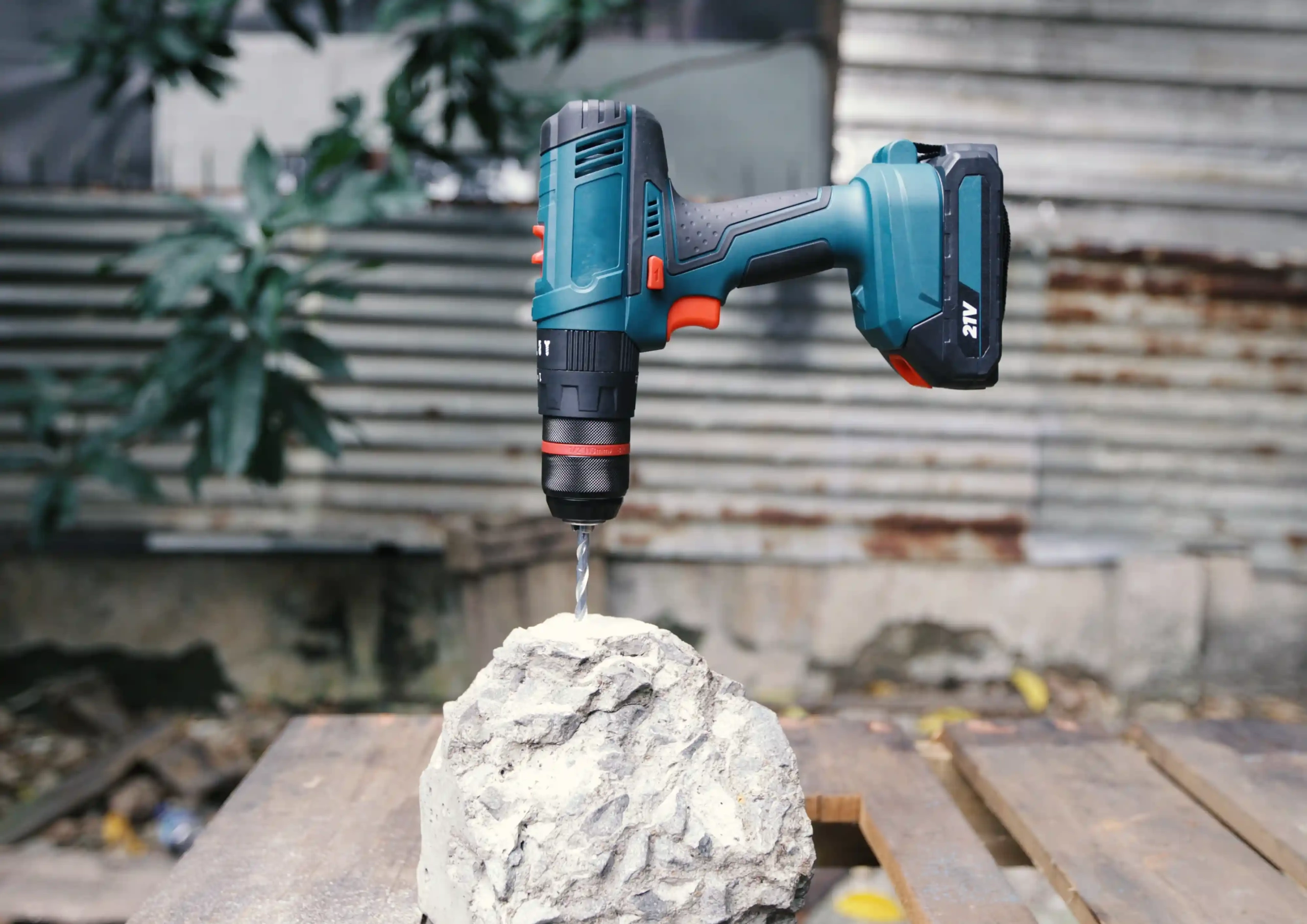
36V/40V
Now that we’re reaching the bigger end of the spectrum and voltages are getting higher, drills offer more power and torque, and that’s what makes them perfect for heavy-duty applications and larger diameter holes.
If you do lots of drilling in your work, especially in hard materials like metal or stone, a 40V drill can really ease the pressure of your workload. In this case, the extra weight and cost are justified d by how much they boost your efficiency, making it the best cordless drill voltage for your situation!
At the end of the day, it’s about getting heavy tasks done as quickly and effectively as possible, right!?
A great option for anyone upgrading to a 40V system is the Ronix 89 series: Namely, the Ronix 8905-40V Brushless Cordless Impact Drill Kit. This model features an ergonomic body that helps soften the blow of that infamous 40V weight, plus a lot more! Read more about this tool here.
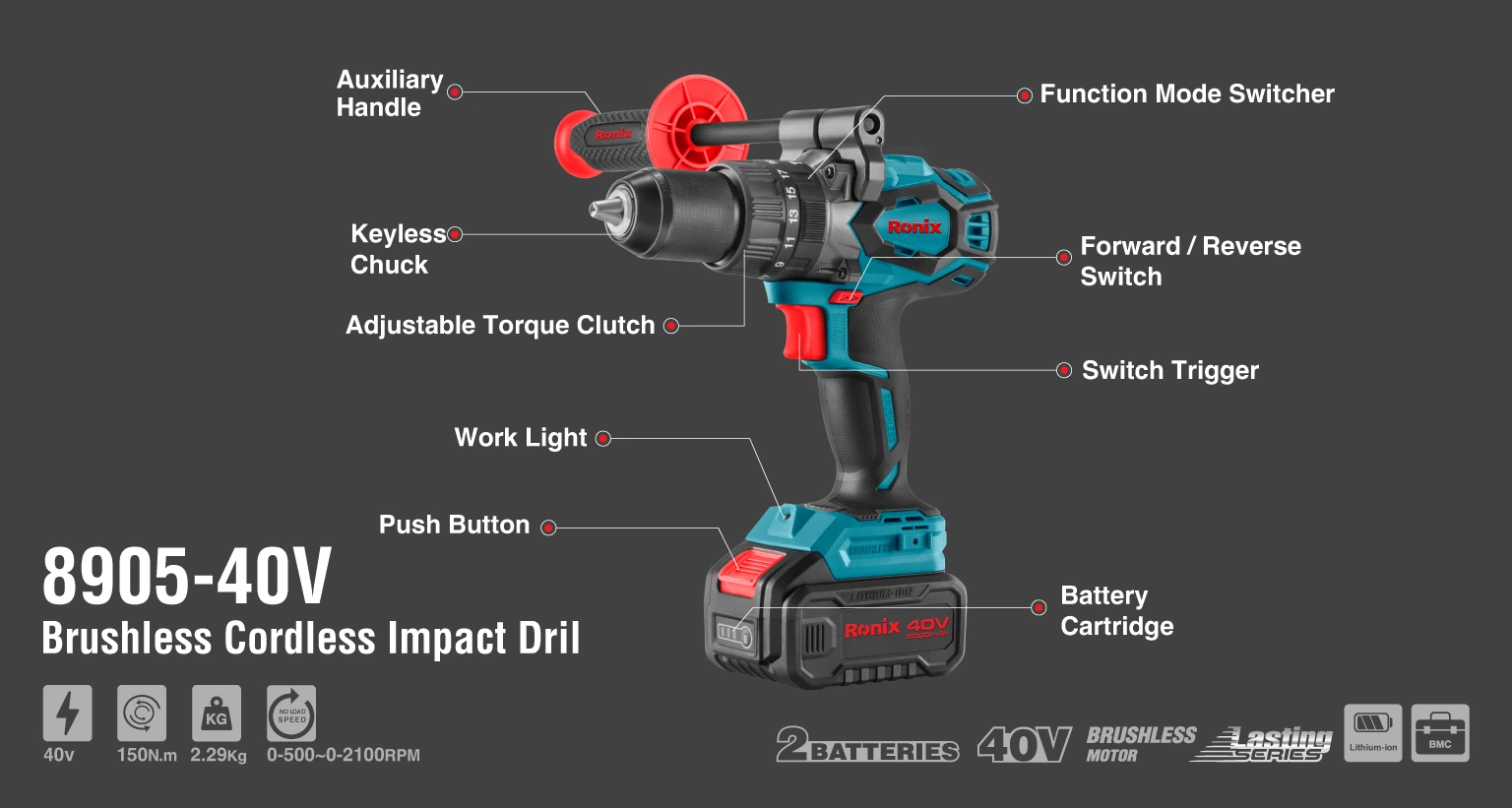
48V-80V
There are fewer options available when it comes to higher-capacity cordless drills, like 48V, 60V or even 80V, but nonetheless, they do exist! And honestly, if you’re not sure whether this level is right for you, chances are, it’s not!
These are the best voltage for cordless drills if you do super heavy-duty work in rugged circumstances and on tough materials. They’re ideal for construction sites where work runs around the clock and both torque and speed are in constant demand.
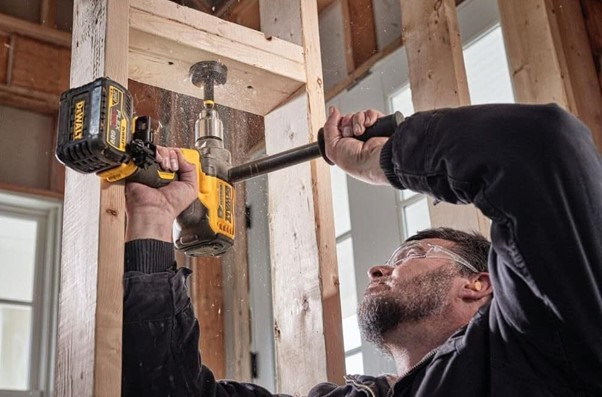
So, if you’ve never felt the need to move beyond your 40V tools, stick with them. There’s really no reason for the average user to pay more and deal with significantly heavier batteries just to get that extra power.
Consider Your Needs
As we’ve covered, bigger numbers don’t always mean better tools. Take the 20V Max and 18V drills for instance: they are essentially the same. The “Max” refers to fully charged voltage, while “nominal” is what the tool runs on during use. That’s why performance differences between 18V, 20V, or even 24V often come down to design and motor efficiency, not raw voltage.
So don’t get caught up in the numbers. Instead, think about your real-world needs:
- What kind of materials will you be drilling into?
- How often will you use the tool?
- In what kinds of situations?
Hopefully, by now, you have a clearer sense of what the best cordless drill voltage is for you.

FAQ
What is the best voltage for a cordless drill?
The best voltage depends on your specific use case. For light tasks, 10.8V–12V is ideal. For more demanding work, 18V or higher may be better. Choose based on what you’ll be drilling and how frequently you’ll be using the tool.

Nika
11 June 2025
